Wakayama Castle
Other castles have also sustained damage. Wakayama Castle in western Japan was hit by heavy rains in the region last July. The downpour caused a ten-meter-wide section of its exterior supporting wall to collapse.
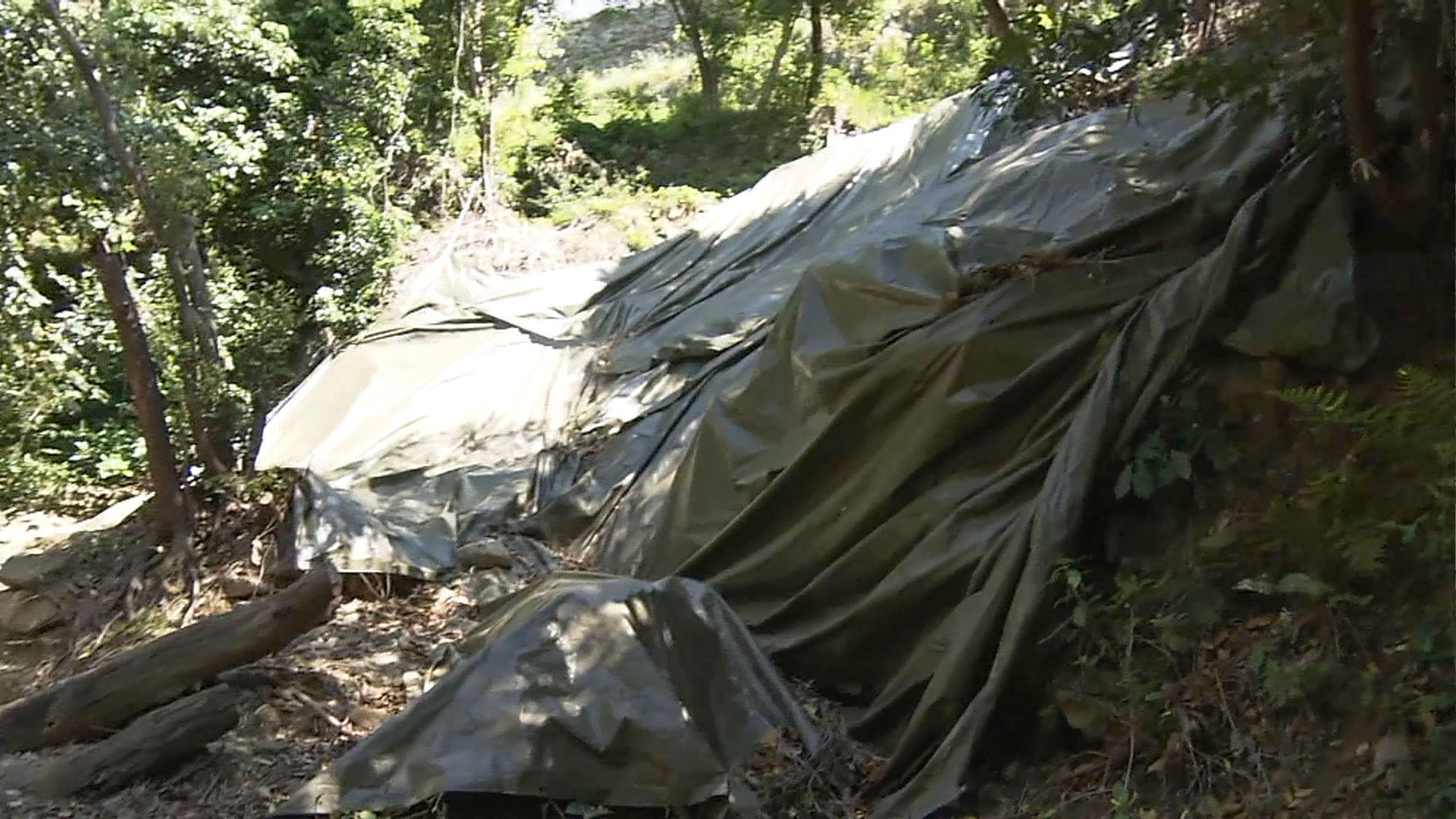
"I was quite shocked," says Ryosuke Oyama, of Wakayama City Office. "I hadn't expected the wall to collapse because of the rain."
The wall is well over 400 years old and its age brings other problems. Mature tree roots exert huge amounts of pressure on the structure. And in other places, stones have naturally come loose and fallen off.
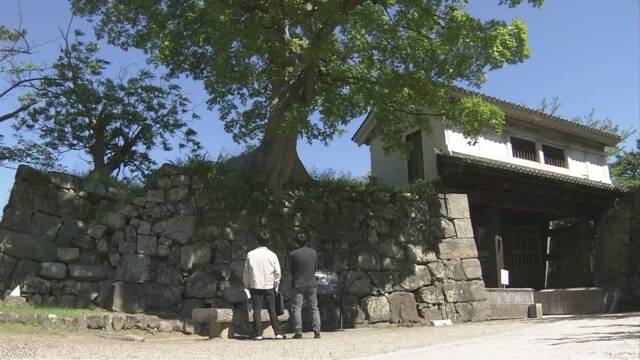
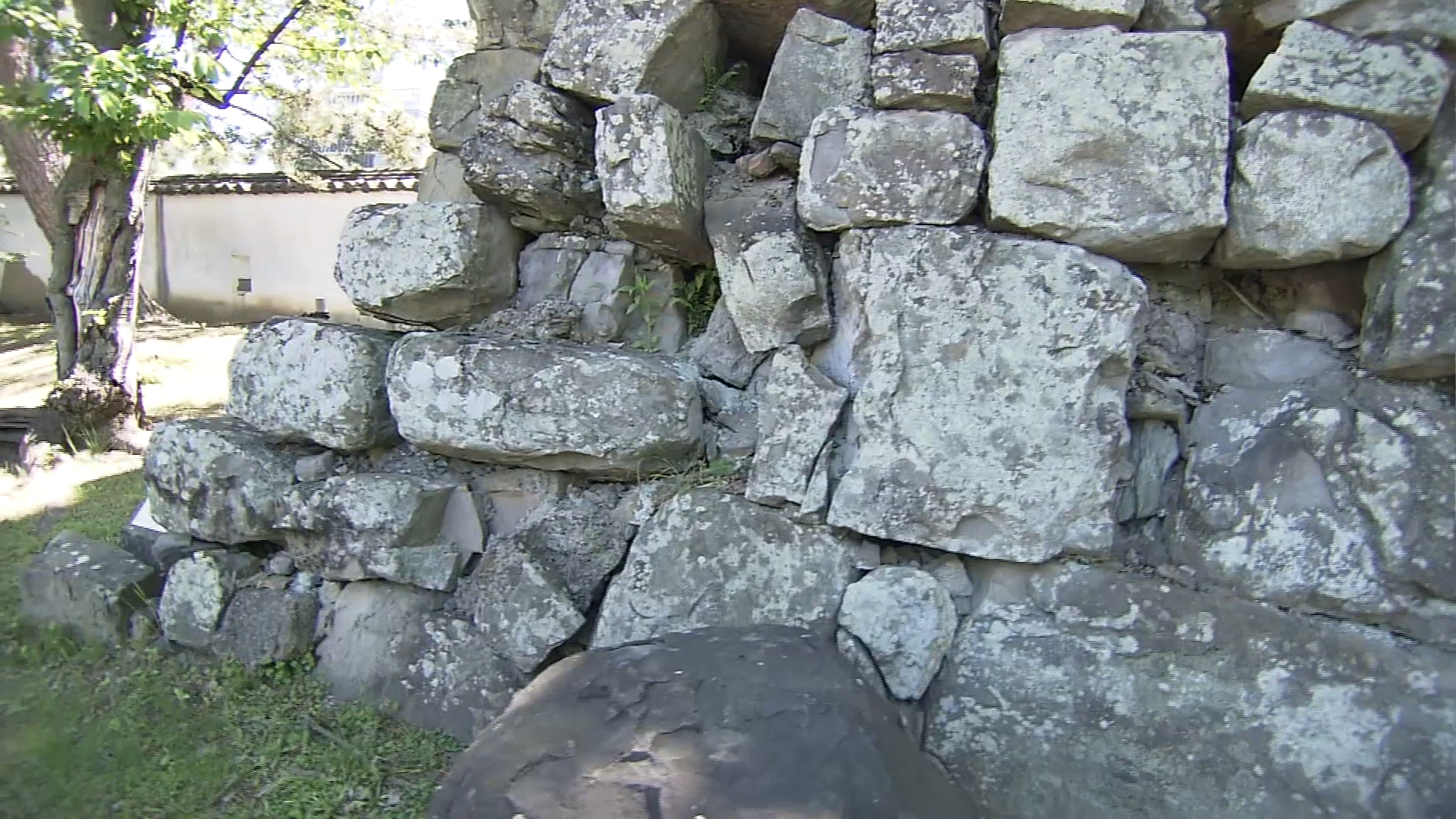
The problem is not just about keeping up appearances -- visitor safety is also an issue.
NHK survey
NHK conducted a nationwide survey on how stone walls are maintained. It sent out a questionnaire to the operators of 169 castles with exterior supporting stone walls.
Among the 124 who answered, 71 (57 percent) said, "the structures are deteriorating and in need of repair." And 92 operators (74 percent) said they were aware of potential problems in the near future.
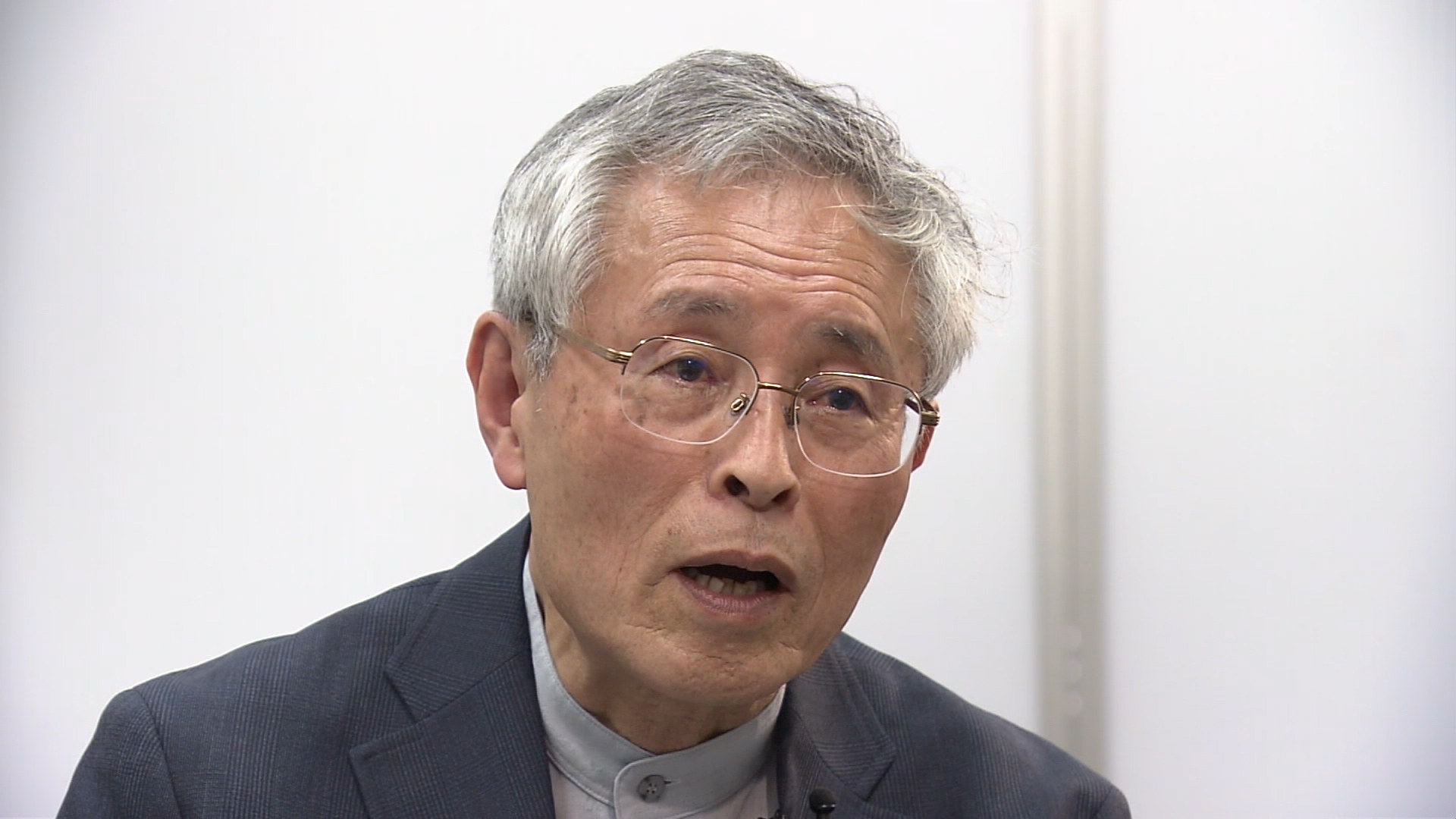
"Stone walls are collapsing at an alarming rate," says castle expert Soichiro Kitagaki. "Unless something's done soon, it's quite possible that all the castle walls in Japan will disappear."
Restoration challenges
Restoring collapsed walls isn't easy. At Wakayama Castle, no progress has been made in repairing damaged walls after almost a year due largely to the high cost and specialized skills required.
Reassembling the wall is like working on a giant jigsaw puzzle. Fallen stones have to be put back precisely, while missing pieces must be replaced.
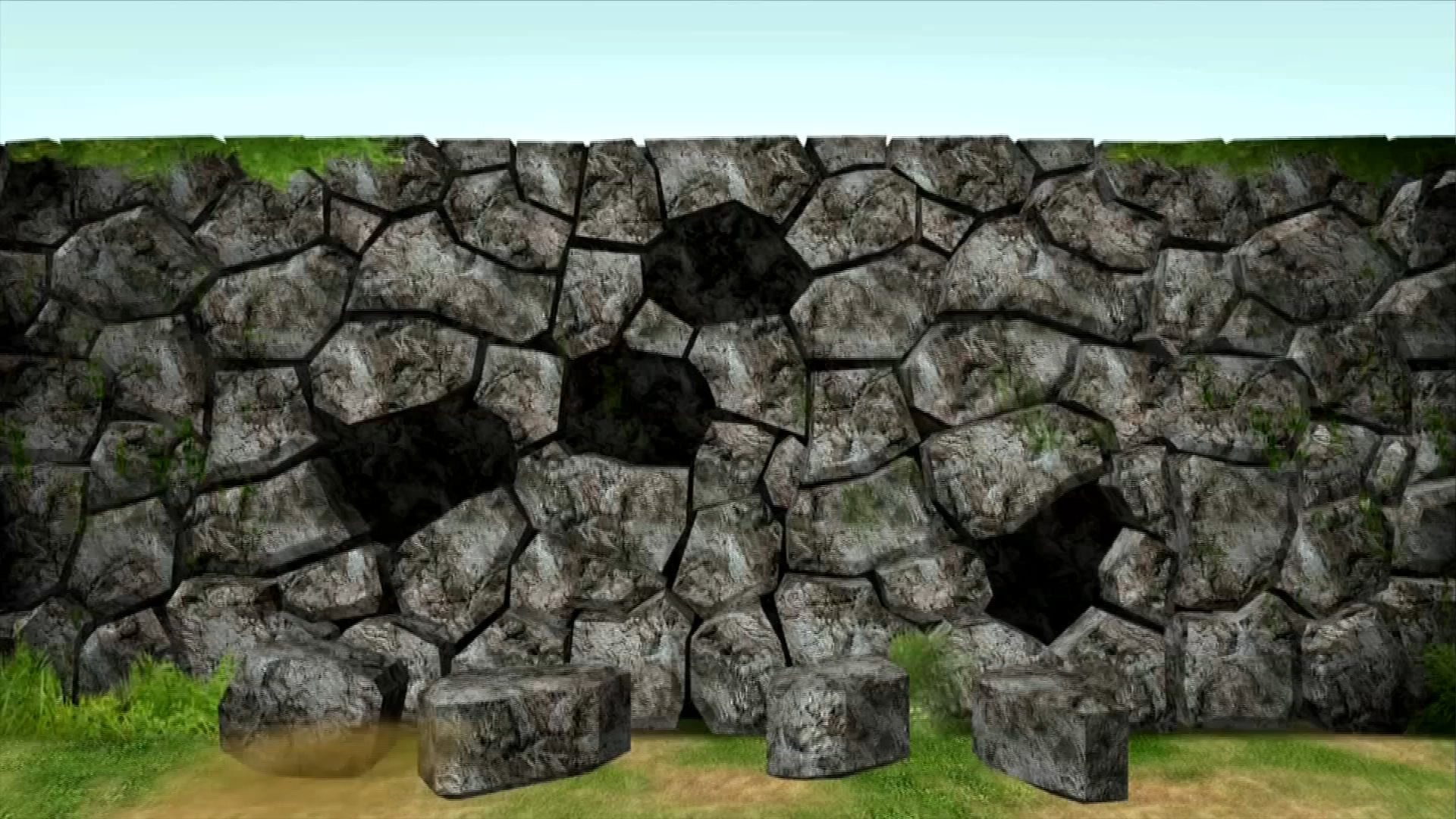
That doesn't just mean finding material with the same shape, but also requires rock of the same quality. And the construction methods should also be authentic -- a barrier when the number of stonemasons in Japan is on the wane.
Komine Castle
At Komine Castle in Fukushima Prefecture, some 12,000 stones had to be replaced after 2011's Great East Japan Earthquake.
The local government asked residents to share any photographs they had of the castle wall to help them rebuild.
Restoration work was finally completed in March, eight years after the disaster.
The work strictly stuck to the original construction method -- a decision made based on lessons learned from a previous repair. When the tremor struck the castle, parts that had been mended with non-traditional techniques failed and made the damage even worse.
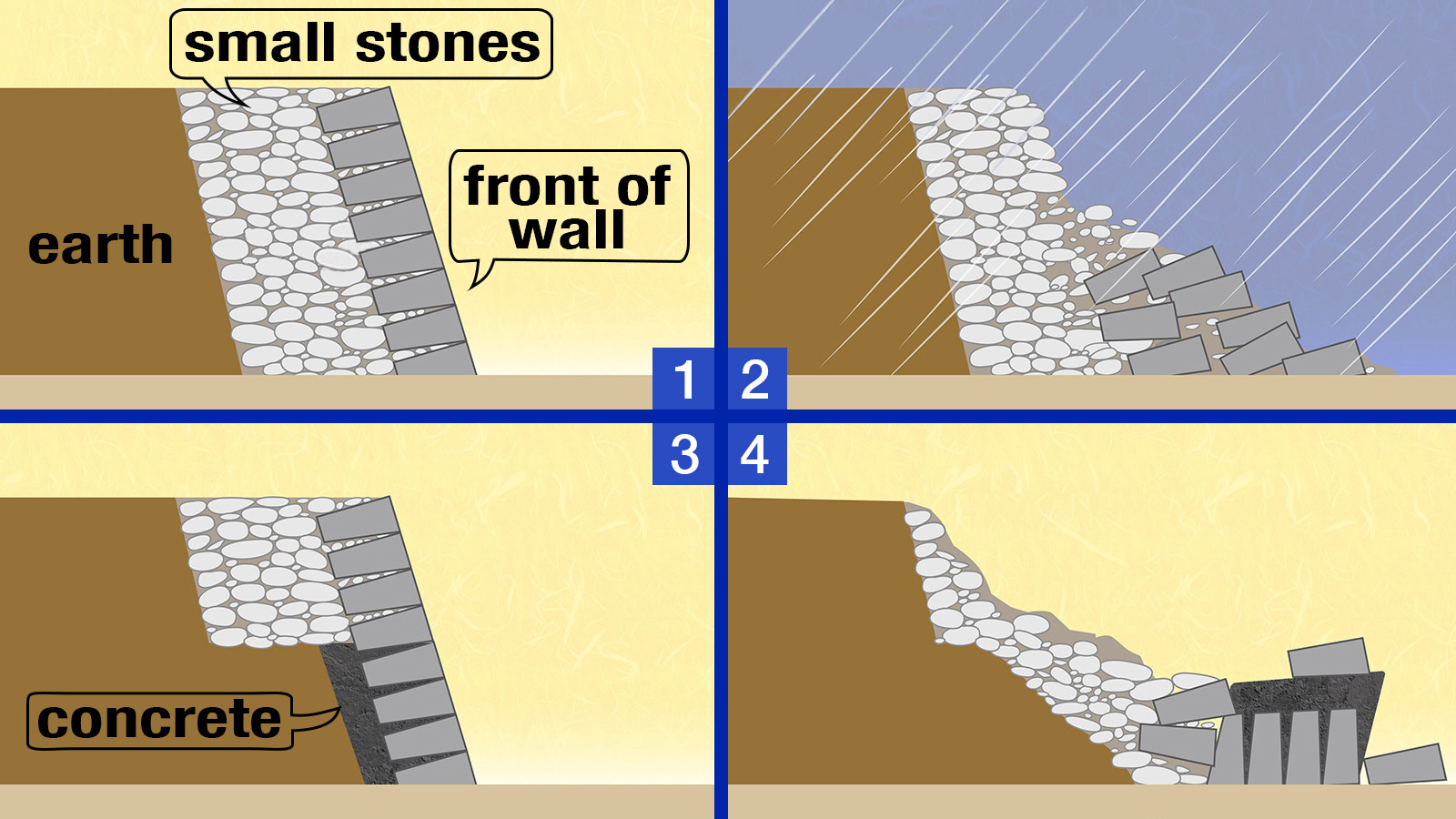
1) The wall was originally built up an earthen mound using different sizes of stones.
2) Heavy rain in the 1970s caused the wall to collapse.
3) During repairs, the bottom part of the wall was reinforced with concrete.
4) During the 2011 earthquake, the reinforced part collapsed in one large chunk, pulling the entire wall with it.
Kitagawa doesn't entirely rule out using modern techniques, but says further study is necessary to determine what's best and reach a consensus among stakeholders.
What can be done?
According to the NHK survey, 92 percent of castle operators say they regularly inspect their walls, keep the surrounding areas clean, and improve drainage, for example. They see it as a preventive approach.
Some even compile information to make a kind of "medical chart" for their castles. At Matsusaka Castle in Mie Prefecture, the "chart" maps damage and ranks it according to severity.
Some operators, such as the one at Kakegawa Castle in Shizuoka Prefecture, use lasers to detect any displacement of the stones with millimeter-level precision.
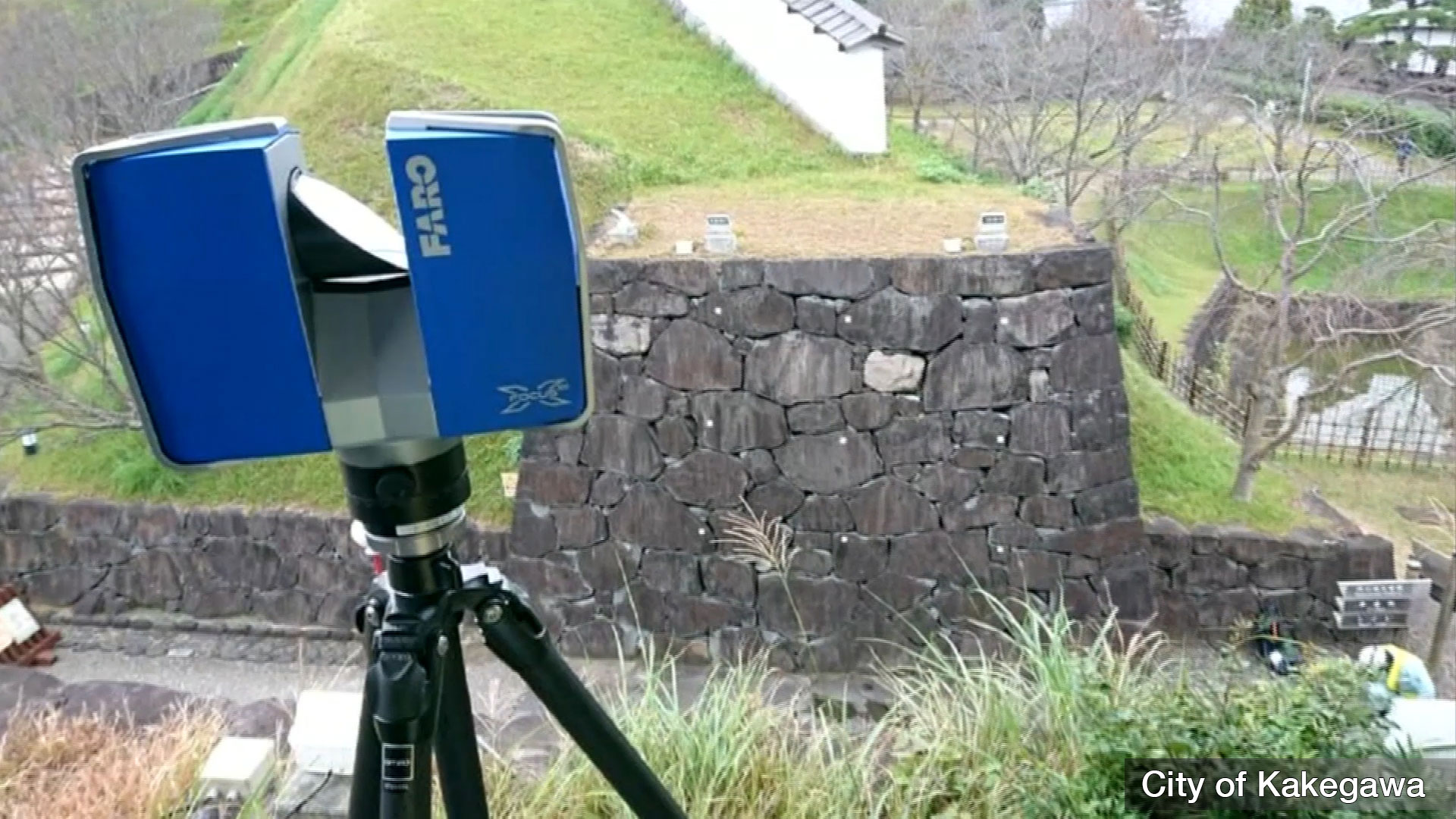
At Takamatsu Castle in Kagawa Prefecture thin glass rods between stones reveal movement if they break. The system has spotted places in need of repair twice so far.
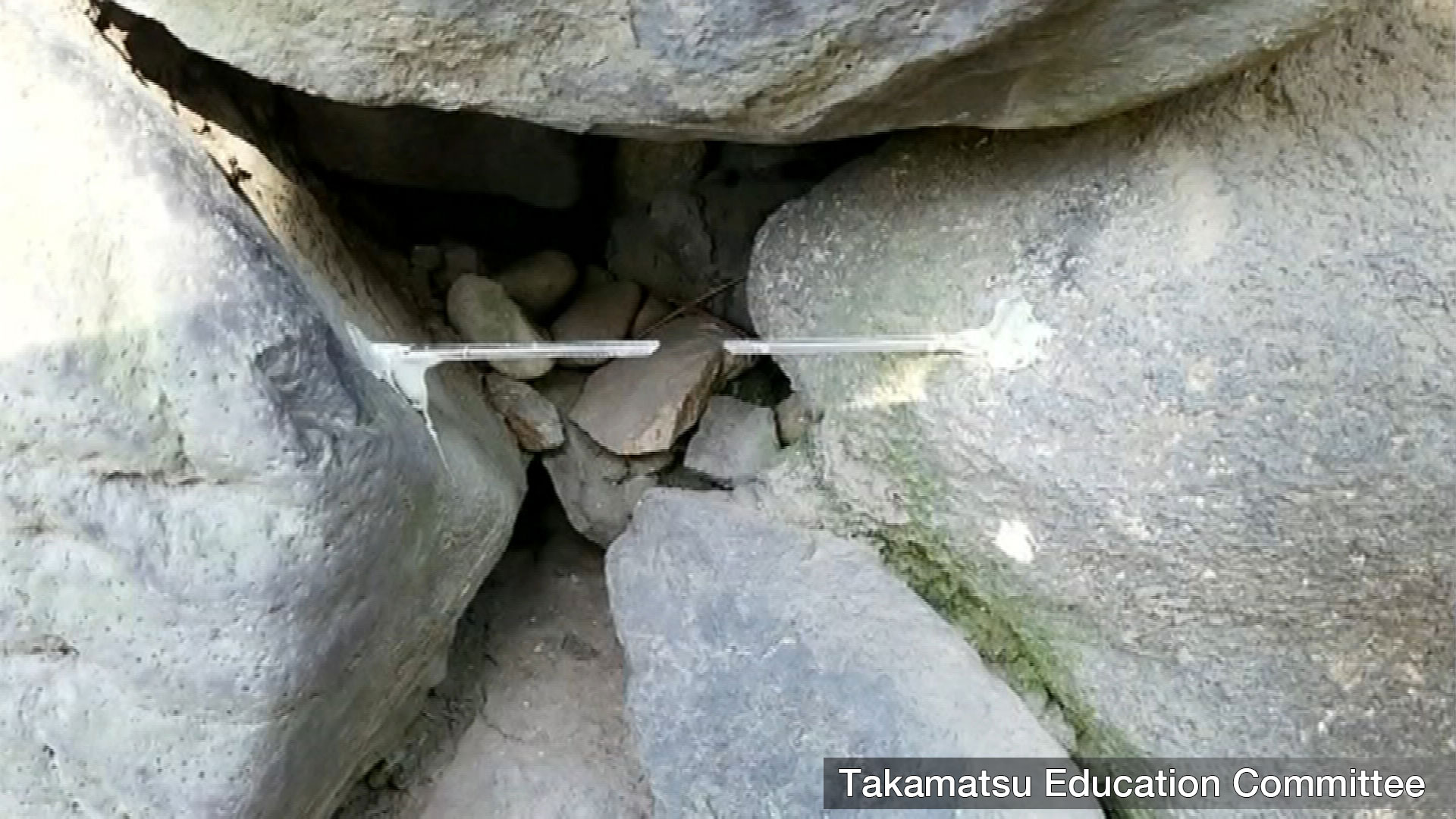
At Yatsushiro Castle in Kumamoto Prefecture, the local government got citizens involved in looking after their castle by sharing information.
It ran a tour of the damage after the 2016 earthquake, followed later on by more visits to show how repairs were progressing. All of the information was also published online.
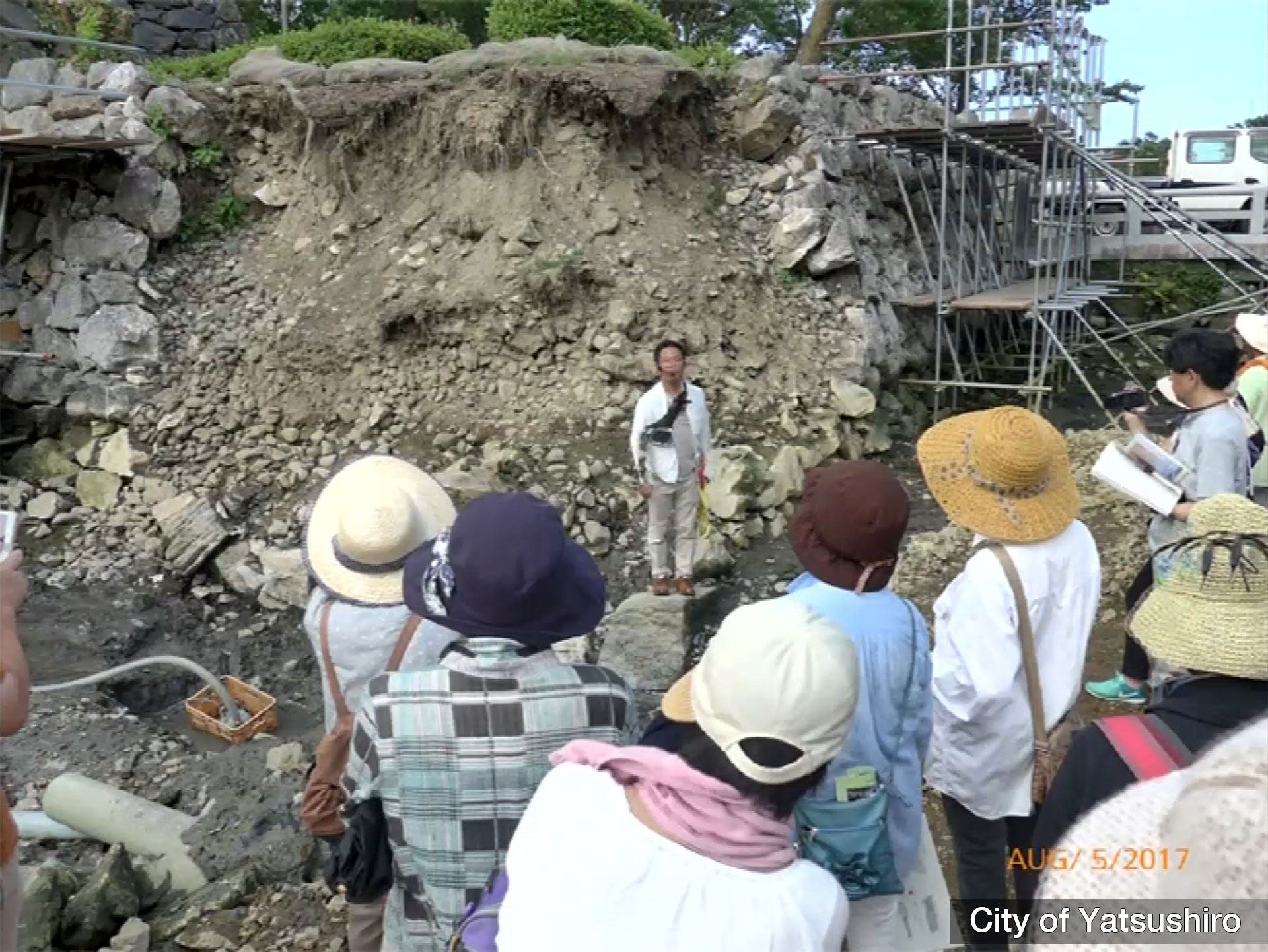
"We want visitors to the castle to be aware that its old stone walls, which appear to be robust, could crumble or fall down in a disaster or for other reasons," says Yatsushiro City Office Curator Atsushi Yamauchi.
He also wants to emphasize that once the cultural heritage is damaged, it takes considerable time to restore.
Japanese castles have long been drawing crowds, but looking after these historic structures can be a formidable challenge if they're to be preserved for future generations.


